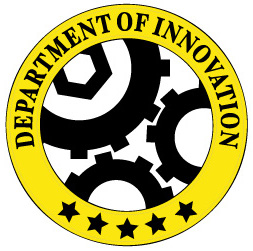The state of the Himalayan glaciers
A new study of the glaciers of the Himalayas by the Indian Space Research Organization and the Geological Survey of India has found that, based on satellite data, 2184 were retreating, 435 were advancing, and 148 showed no change.
It is refreshing that the scientists and politicians involved in India refused to cite global warming as a cause, referring instead to the “natural cyclic process”. As India’s former environment minister Jairam Ramesh noted, “There is no doubt that the general health of the Himalayan glaciers is worsening, but the truth is incredibly complex.”
A new study of the glaciers of the Himalayas by the Indian Space Research Organization and the Geological Survey of India has found that, based on satellite data, 2184 were retreating, 435 were advancing, and 148 showed no change.
It is refreshing that the scientists and politicians involved in India refused to cite global warming as a cause, referring instead to the “natural cyclic process”. As India’s former environment minister Jairam Ramesh noted, “There is no doubt that the general health of the Himalayan glaciers is worsening, but the truth is incredibly complex.”



